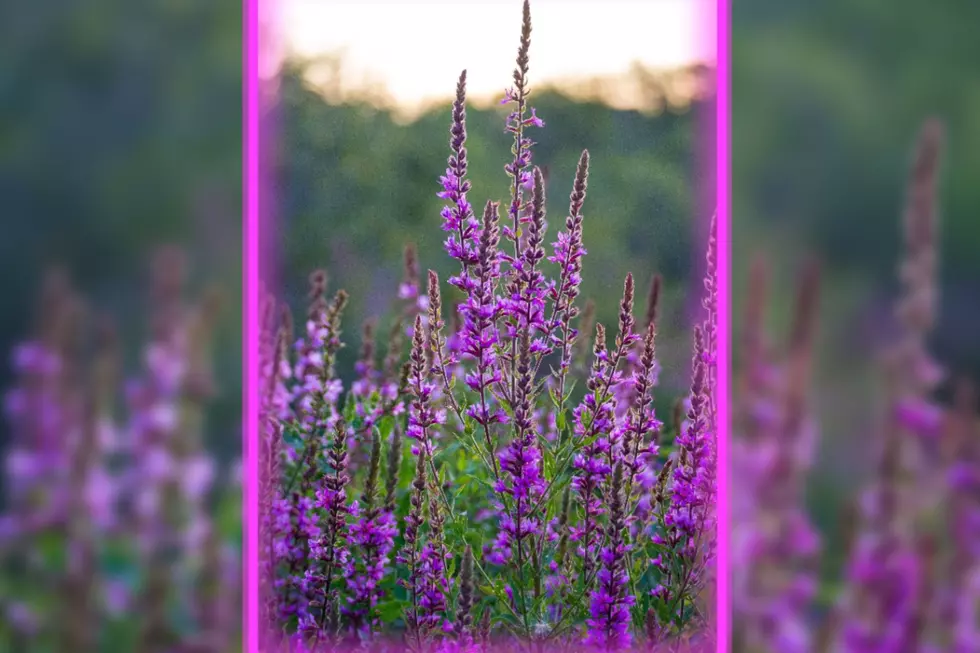
Despite Its Beauty, This Flower Found in Kentucky Is a Big Problem
If you've read enough of my stories, you are well aware that I enjoy the occasional drive through the Kentucky countryside.
The Bluegrass State has a lot of incredible two-lanes that make for an excellent afternoon.
And the wildflowers here in the Commonwealth can be absolutely breathtaking, up to and including the prolific goldenrod, which, despite its beauty, makes me sneeze my head off for a good 20 minutes.
But goldenrod is not an invasive species. I doubt it would've been designated as our state flower if it was.

BEWARE THIS PRETTY PURPLE FLOWER
On recent drives, we've noticed some striking purple flowers along the side of the road. They were growing between the road and a pretty good-sized ditch. And then earlier today, I saw a Facebook post about it from Indiana where it is suggested you contact its Department of Natural Resources if you have seen it.
PURPLE LOOSESTRIFE -- WHICH CAUSES STRIFE IN THE U.S.
Yes, it is called purple loosestrife and while it appears to be a welcome sight in the United Kingdom--as you see above--purple loosestrife is a SOURCE of strife in terms of local ecological systems. This native Eurasian species is a bigger problem here, where it can be found in almost every state.
InvasiveSpeciesCentre.ca has this to say about its impacts on other plant species and wildlife:
It forms thick, monoculture stands, outcompeting important native plant species for habitat and resources and therefore posing a direct threat to many species at risk. Purple loosestrife can also alter water levels, severely impacting the significant functions of wetlands such as providing breeding habitat for amphibians and other fauna. In some places, purple loosestrife stands have replaced 50% of the native species. Not only does this decrease the amount of water stored and filtered in the wetland, but thick mats of roots can extend over vast distances, resulting in a reduction in nesting sites, shelter, and food for birds, fish, and wildlife.
WHAT TO DO ABOUT INVASIVE PURPLE LOOSESTRIFE
Apparently, purple loosestrife seeds can really travel, so the Kentucky Department of Fish and Wildlife recommends inspecting boats, trailers, clothes, and shoes and then destroying any seeds you may have picked up. Here's an example of how they've tried to contain or control purple loosestrife in Wisconsin:
Additionally, birds, humans, and water can inadvertently transfer the seeds for long distances without causing them any kind of damage.
And if you see a cluster of purple loosestrife, you can pull a DIY and pull off the seedheads so it won't spread. That is if you can't just rip it out of the ground.
Art Lander, a writer for the Northern Kentucky Tribune, lists purple loosestrife among his "Kentucky's dirty dozen noxious, invasive plants" and for a host of ADDITIONAL reasons not covered by Fish and Wildlife.
Bottom line, purple loosestrife is bad business--beauty that's a beast.
LOOK: Stunning vintage photos capture the beauty of America's national parks
See Frost Flower Photos from Shawnee National Forest in Southern Illinois
See the Must-Drive Roads in Every State
LOOK: 20 tips to help your houseplants survive the winter
More From WBKR-FM









